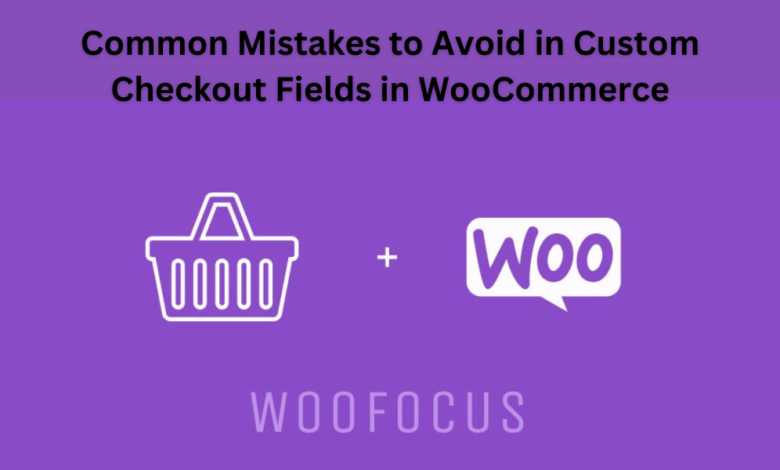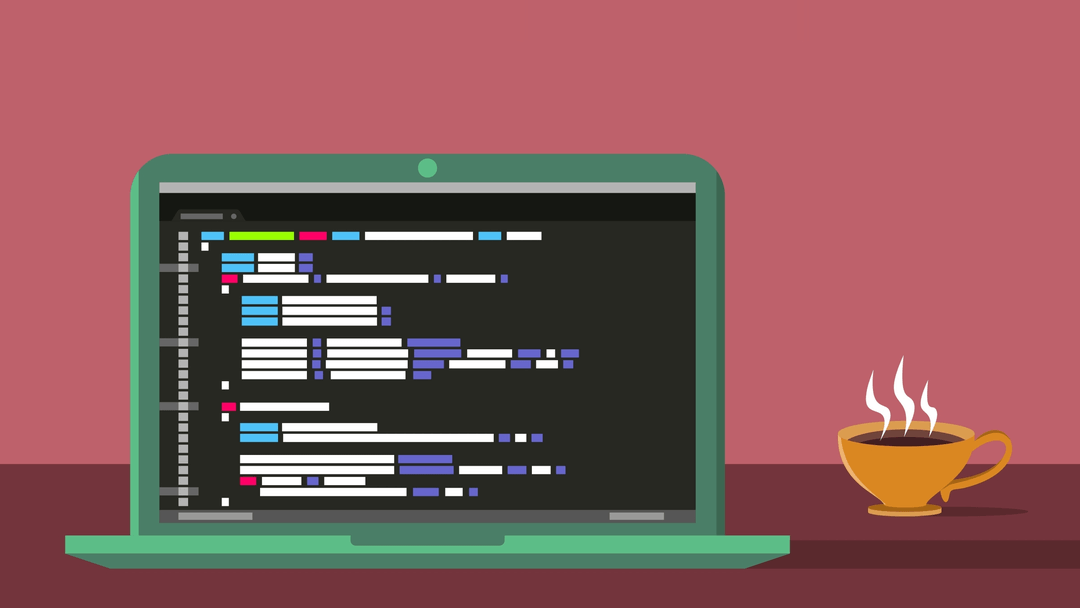Common Mistakes to Avoid When Implementing Custom Checkout Fields in WooCommerce

WooCommerce, a widely used e-commerce platform for WordPress, offers great flexibility in tailoring your online store to your specific needs. One of the ways to enhance your WooCommerce store is by implementing custom checkout fields. These fields can assist you in expanding your customer database or streamlining the checkout procedure. However, you could unintentionally make mistakes that have a negative impact on your user experience and revenue while trying to optimize your online store. The common errors to avoid while implementing woocommerce custom checkout fields in WooCommerce are discussed in this post.
Overcomplicating the Checkout Process
One of the biggest mistakes is overloading your checkout page with too many custom fields. While collecting additional information can be beneficial, asking for too much can overwhelm your customers. Keep it simple by only requesting essential details, like shipping and billing information.
Strategic Placement Matters
Where you position your custom checkout fields matters. Placing them at the wrong stage of the checkout process can confuse users. Make sure the fields are logically arranged, ensuring a smooth and intuitive user experience.
Mobile-Friendly Design
With a significant portion of online shoppers using mobile devices, it’s crucial to ensure that your custom fields are mobile-responsive. Neglecting this aspect can lead to frustration among mobile users.
Data Validation is Vital
Failing to validate the information entered into custom fields can result in errors and incomplete orders. Implement validation checks to ensure accurate data submission.
Aesthetic Matters
Custom fields should blend seamlessly with your store’s design. Poorly designed fields can make your checkout page appear unprofessional. Invest in design to create a visually appealing checkout process.
Clear Labels are Essential
Field labels are there for a reason – to guide users. Avoid vague or ambiguous labels that can confuse customers. Use clear and concise labels for each custom field.
Streamlined User Experience
Failing to set default values for custom fields can result in unnecessary user effort. Use default values wisely to expedite the checkout process.
Disregarding Compatibility
Custom fields must be compatible with your WooCommerce version and other plugins you’re using. Ignoring compatibility can lead to technical glitches and disruptions in the checkout process.
Test for User Friendliness
Before launching your custom checkout fields, conduct thorough user testing. Gather feedback from real users to identify any usability issues and make necessary improvements.
Guiding Your Customers
Customers appreciate clear instructions. If your custom fields require specific information or formatting, provide concise guidelines to prevent errors.
Protect Customer Data
Security is paramount when collecting customer information. Ensure that your custom fields comply with data protection regulations and employ security measures to safeguard sensitive data.
Monitor and Optimize
Do not leave custom fields unattended. Utilize analytics software to keep an eye on user activity and field usage. You can use this information to gradually improve your checkout procedure.
A Global Audience
If your store serves an international audience, remember to adapt your custom fields to different languages and address various address formats.
Legal Matters
Ensure that your custom fields comply with all legal requirements, especially if you’re collecting sensitive information or catering to specific industries like healthcare or finance.
Assist Your Customers
In case customers encounter issues with custom fields, provide accessible customer support. A prompt and helpful response can salvage a potentially lost sale.
Conclusion
Adding custom checkout fields to WooCommerce can be a great way to improve the usability and customer experience of your online business. But you must proceed cautiously with this customisation. You can design a simplified, user-friendly, secure checkout experience that increases conversions and customer happiness by avoiding these frequent blunders.



